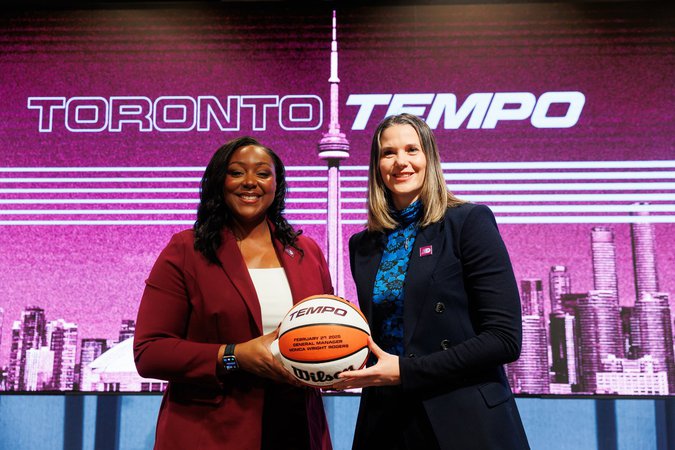In a striking shift that reflects evolving cultural values across the nation, nearly 60% of Canadians now report an improved perception of women’s sports over the past three years, according to a comprehensive new national survey released Tuesday. This marked increase signals a potential turning point in how female athletes and competitions are viewed, valued, and supported within the Canadian sporting landscape.
The study, conducted by SportWatch Canada in partnership with the Canadian Women’s Sport Foundation, surveyed over 3,500 respondents from diverse demographic backgrounds across all provinces and territories. Its findings reveal not just changing attitudes, but concrete behavioral shifts as well.
“What we’re witnessing isn’t merely a statistical blip, but rather evidence of a fundamental transformation in how Canadians engage with women’s athletics,” explains Dr. Margot Chen, lead researcher for the study. “The data shows increases across multiple metrics – from viewership and attendance to social media engagement and merchandise purchases.”
Perhaps most telling is the 43% rise in television viewership for major women’s sporting events compared to 2022 figures. Sports like soccer, basketball, and hockey have seen particularly robust growth, with the Canadian women’s national soccer team matches drawing record audiences following their Olympic success.
The shift appears driven by multiple factors, including increased media coverage, corporate sponsorship investments, and the success of Canadian women on international stages. The report specifically highlights how the visibility of female athletes has dramatically increased on mainstream sports platforms, creating more opportunities for fans to connect with women’s competitions.
Corporate Canada has taken notice. Major brands including BMO, Canadian Tire, and Rogers have substantially increased their sponsorship portfolios for women’s leagues and individual athletes over the past 24 months.
“The business case for investing in women’s sports has become undeniable,” notes Samantha Torres, VP of Marketing at SportCorp Canada. “Brands are recognizing that female athletes often deliver higher engagement rates and stronger community connections than many of their male counterparts.”
Despite these positive developments, challenges remain. The survey identified persistent gaps in infrastructure investment, with 68% of respondents agreeing that women’s sports continue to receive disproportionately less funding and facility access compared to men’s competitions. Additionally, pay equity issues remain prevalent across most professional leagues.
Regional variations also emerged, with attitudes in urban centers generally showing more progressive shifts than rural areas. Quebec and British Columbia demonstrated the most significant positive changes in perception, while improvements in the Prairie provinces, while still positive, lagged somewhat behind the national average.
Youth engagement represents another bright spot in the findings. Among respondents with school-aged children, 72% reported their daughters expressing increased interest in sports participation directly inspired by visible female athlete role models. This suggests the potential for long-term impact on participation rates among young Canadian women.
The findings align with broader social movements supporting gender equality across Canadian society, though sports experts caution that sustained effort is required to maintain momentum.
“What we’re seeing is encouraging but fragile,” warns former Olympic medalist and sports commentator Christine Sinclair. “The progress we’ve made can easily stall without continued deliberate action from media organizations, corporate sponsors, and sports governing bodies.”
The report concludes with recommendations for stakeholders across the sports ecosystem, including increased broadcast commitments, expanded development pathways for female coaches and executives, and dedicated funding streams for girls’ community sports programs.
As Canada prepares to co-host the 2026 FIFA World Cup and potentially bid for future Olympic Games, the question remains: will this positive shift in attitudes translate into lasting structural change for women’s sports, or will it prove to be a temporary phenomenon driven by recent high-profile successes?






















